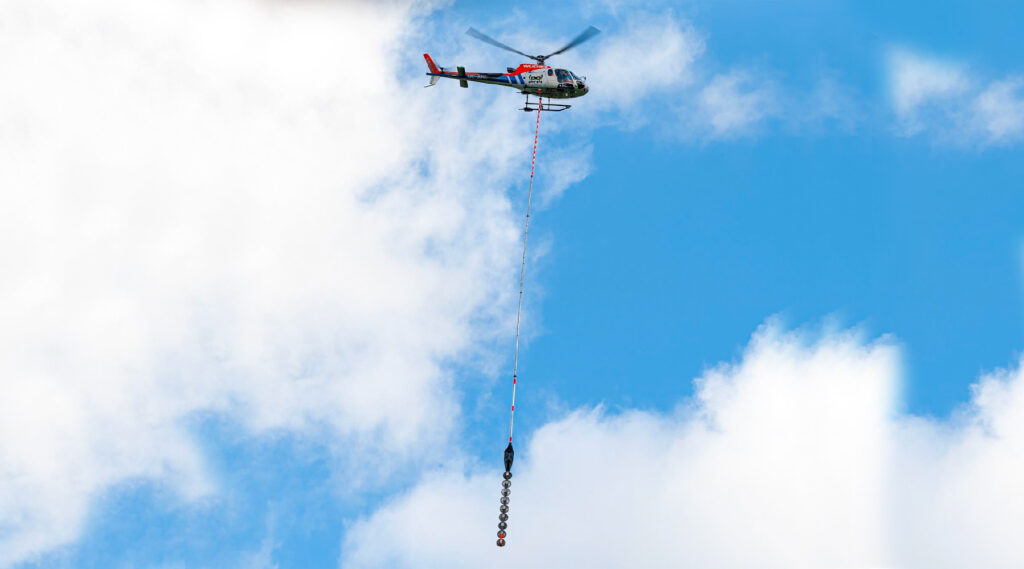The problem of trimming trees next to railways could be solved by helicopters dangling spinning blades, after a helicopter company secured investment to provide the service.
If it looks vaguely familiar, it’s an idea that was invented in 1983 and used in a number of places, mainly to keep trees clear of power lines, although given a lot of publicity when used in The World Is Not Enough to try and kill James Bond.
In the UK, Tiger Aviation is investing in the same idea to help clear railways of overhanging branches.
The idea is that the flying saws are considerably faster and less disruptive than conventional tree surgery and should reduce the need for railway line closures. If the cost savings justify it, the flying saws could also make routine trimming of trees more frequent, reducing the amount of material removed each time the trees are pruned.
Tiger recently demonstrated the flying saws to rail and Department of Transport officials in Worcestershire, with support from RSS Infrastructure and Severn Valley Railway.
“There are around 20,000 miles of railway in the UK with around eight per cent threatened by overgrown foliage,” notes aviation specialist Capt Alan Ramsden. “Managing this foliage is enormously challenging, but our solution can carry out tasks in five days which would normally take 90 days.”
Tiger’s aerial saw is claimed to be able to complete tasks approximately 18 times faster than other methods. Local traffic and disruption are also reduced thanks to optimised project timelines and decreased vehicle usage.








I would love to see the hazard analysis and risk assessment for this, particularly controls/mitigations
You can ask them, or the many other companies already doing the same thing perfectly safely in other countries.
The picture is “in transit” – I suspect it’s a lot shorter when in use, with the aircraft a lot lower (in restricted areas of course).
Okay, so it’s done successfully elsewhere on the planet, but I’d like to know how much more mess there is to clear up. A case of not only leaves on the line, but twigs, sawdust, moss and bits of the occasional too slow squirrel.
I’d love to see a ‘too slow’ squirrel….those things are FAST! lol.
In all seriousness though it is a valid question re the clean up since it’s supposed to be fixing the whole ‘leaves on the line’ issue in the first place. I would guess there must be a clean up crew following it?
They are also safe. My Dad worked for our electricity company in Australia as the OH&S manager and they used these things often. Very skillful pilots next to live HV power lines. Hopefully it make things efficient and prices stop increasing for our train fares…..?!